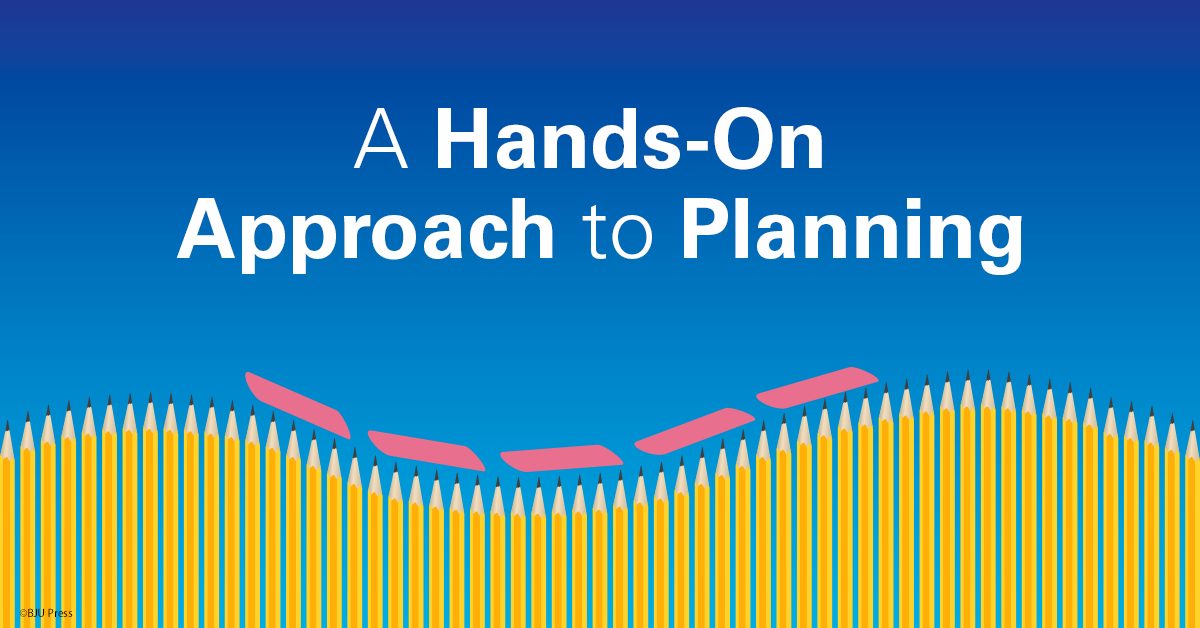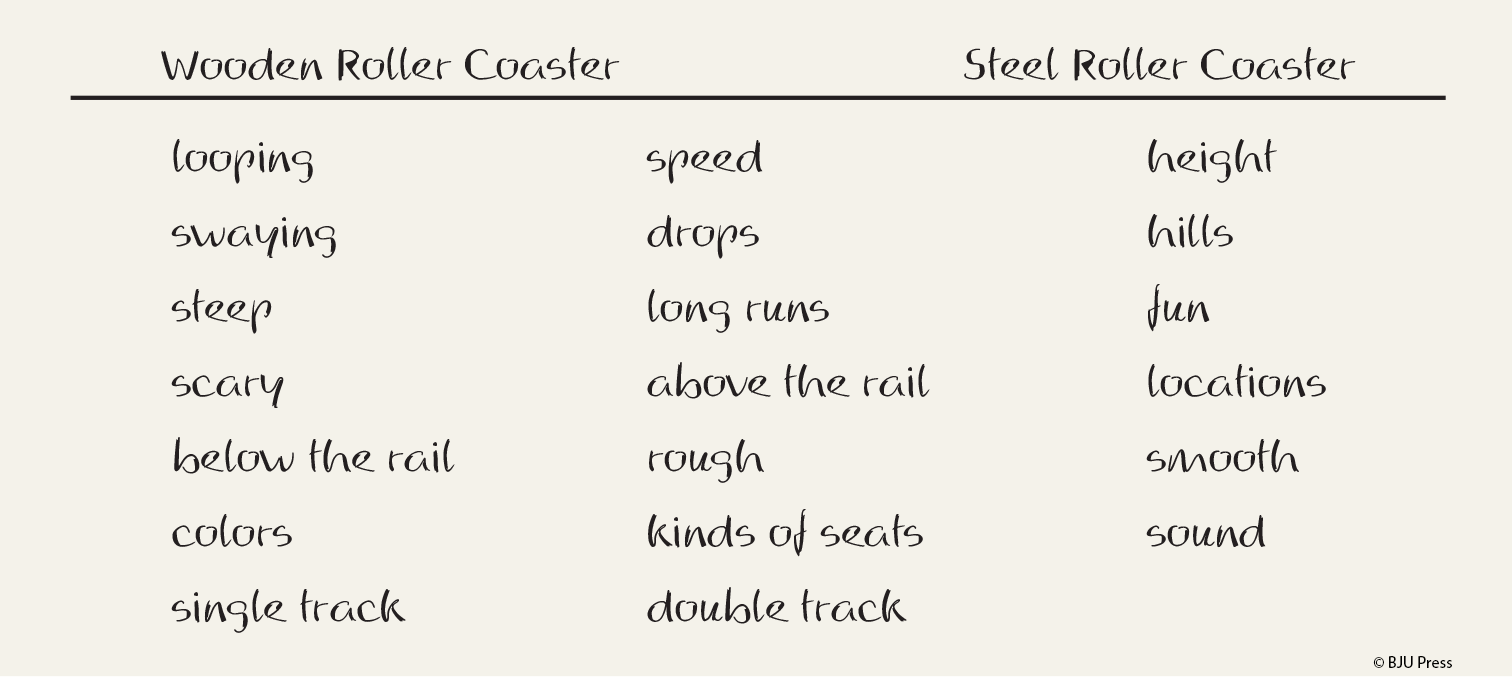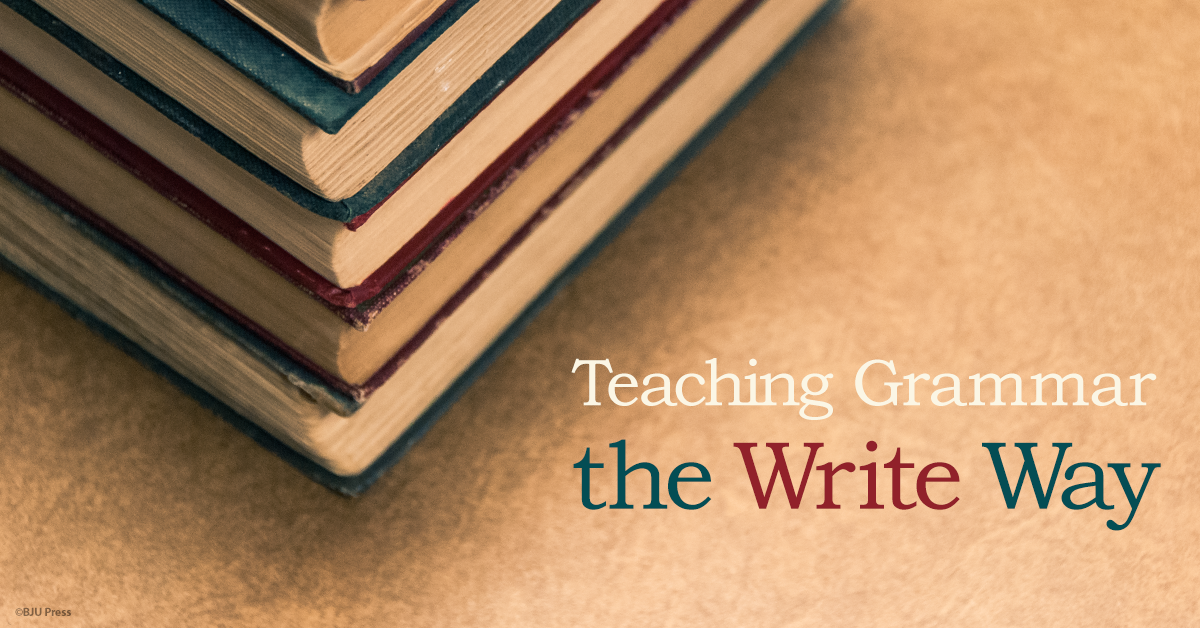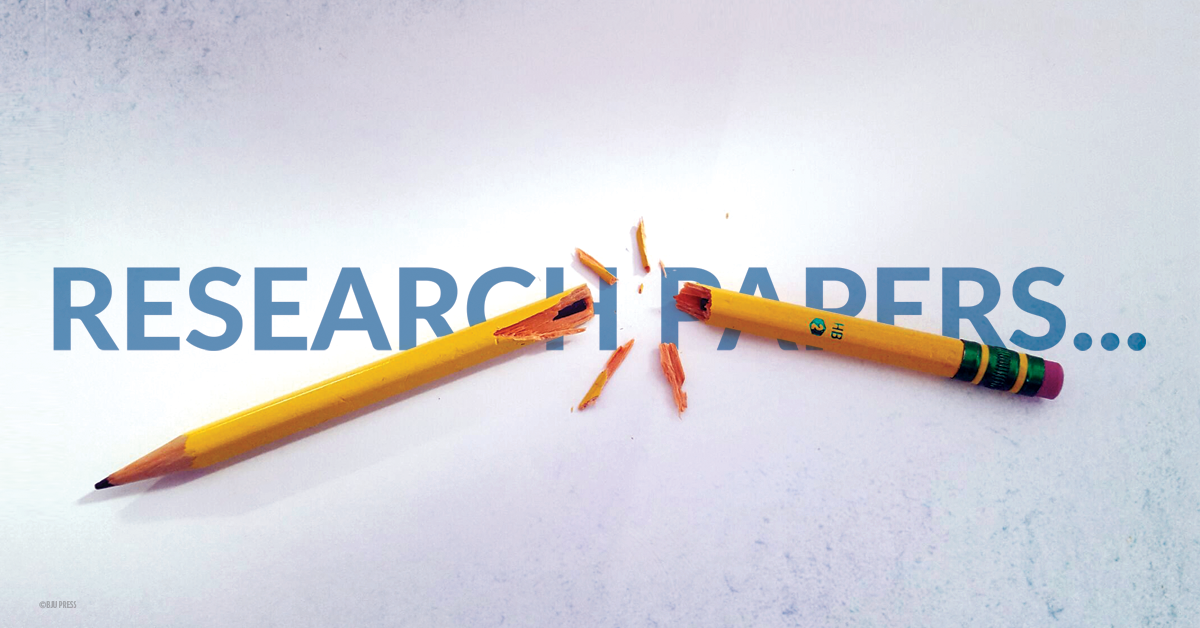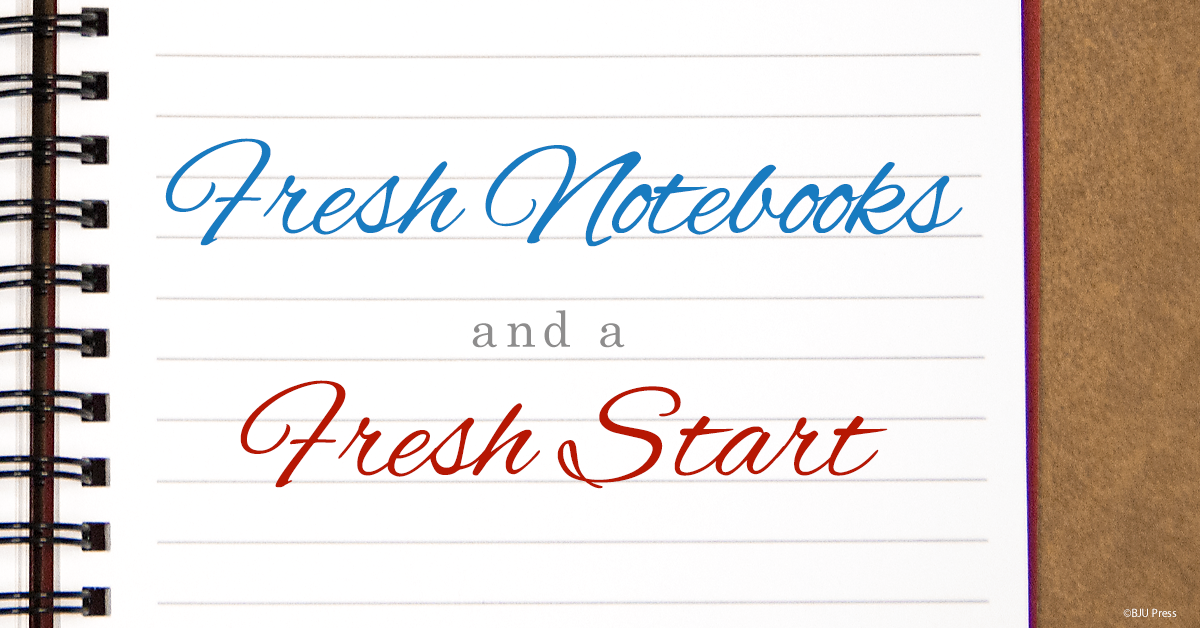Children are born learning, so parents and teachers almost never work with a blank slate. We’re always building on some kind of a foundation that’s been laid down, and the most effective teaching takes place when we’re working directly with that foundation. You can’t build a house without first making sure that the foundation is ready. That’s why we begin teaching math with counting and teaching reading by connecting written words to spoken words.
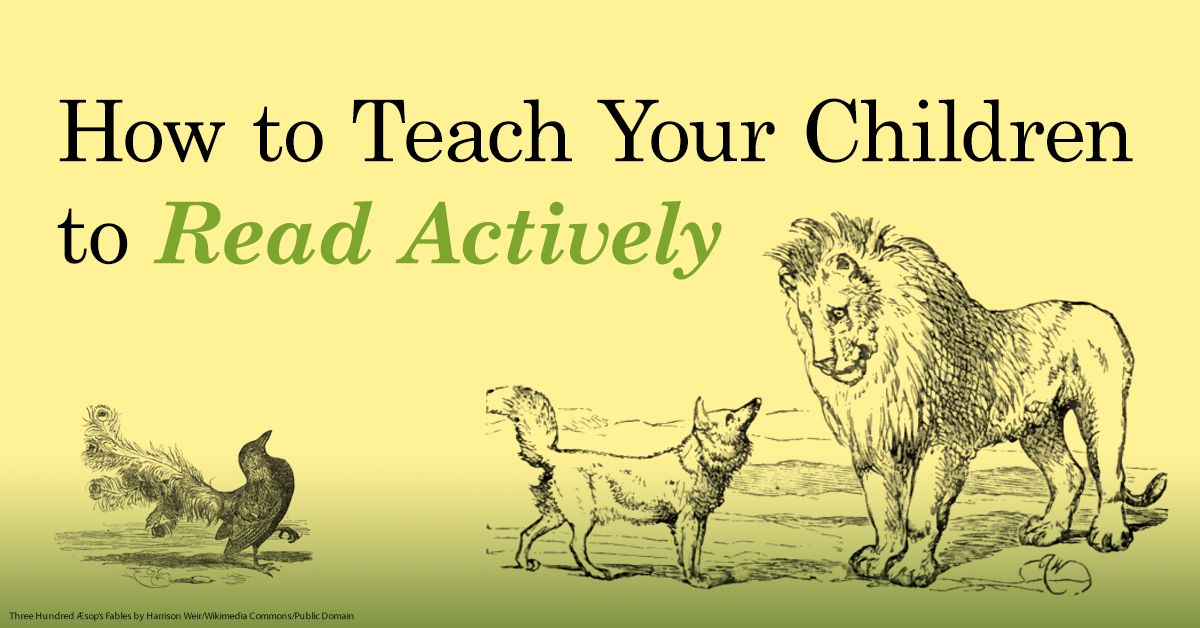
We should never hand a child a work of literature written long before he was born and expect him to be able to think deeply about the time period or the moral standards of the era without first laying the foundation for those thoughts. We rely on the Reading Process to lay the right foundation before asking deeper questions. Rather than allowing your children to be passive readers unable to form opinions because they lack the proper foundation, the Reading Process encourages your children to actively use the foundation laid for them. It involves three stages.
1. Before Reading
The first step in the reading process is to equip readers with the information they need to understand their first reading—this is the foundation of their reading. Your children will have the opportunity to build background knowledge about the time period, the author’s life, and the selection itself. But most importantly, your children should understand why they’re reading what they’re reading. This may mean using the reading selection to teach a specific literary device.
For example, before discussing Aesop’s fables, you might teach a brief lesson on metaphors, perhaps connecting your lesson to other familiar concepts such as Jesus’s parables or allegory in The Pilgrim’s Progress.
2. During Reading
The “during reading” stage encourages your children to stay focused on the central lesson—whatever you’re using the selection to teach—by asking them to recall information they learned in the first stage. Here, they’re building walls and support beams on their foundation. Instead of passively reading, your children should actively apply what they’ve learned to the selection as they read. One way to encourage this would be to ask them to highlight examples of the terms they learned before reading or to note when an author’s background might have affected his writing.
To continue your lesson on metaphors in fables, you might highlight a particular metaphor in the selection and ask your child to identify what kind of literary device is being used or what the metaphor represents.
3. After Reading
This final stage—putting on the roof—in the reading process ties the concepts your children learned before reading and applied during reading together by asking them to reread and discuss what they found in the selection after reading. Rather than just learning terms and finding examples within the selection, your children should begin discussing the significance of those terms in the context of the selection. This final step in the Reading Process trains your children to form opinions and support them with information from the selection.
Going back to the example with metaphors, you could discuss with your children the purpose of using a metaphor as a literary device in a fable or how metaphors can help them talk about difficult ideas more easily.
How well your children make connections between new information and old information can mean the difference between a forced discussion about literary devices in Aesop’s fables and a deeper discussion from “The Fox and the Grapes” about what kind of “sour grapes” your children may struggle with.
Take a look at how we apply the Reading Process in the newest edition of American Literature!
